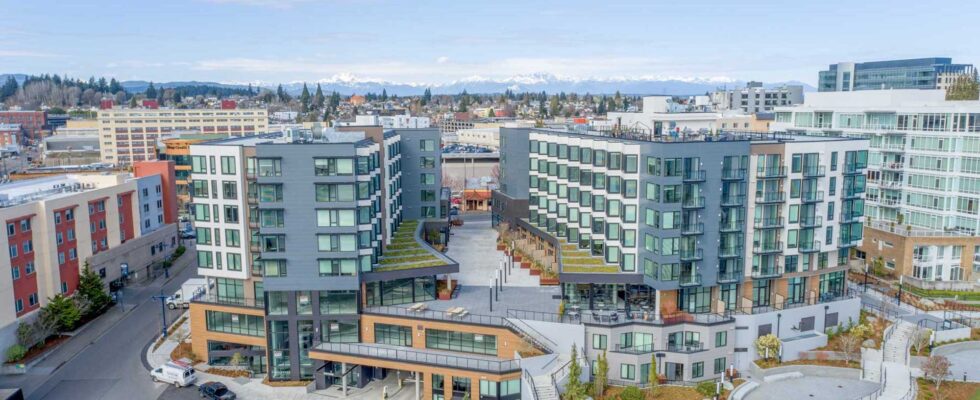In recent years, there has been a notable surge in the popularity of multifamily living arrangements, driven by shifting demographics, changing lifestyle preferences, and urbanization trends. From bustling city centers to suburban neighborhoods, multifamily housing developments have become emblematic of modern living, offering a diverse range of amenities, conveniences, and social experiences. As the demand for multifamily housing continues to grow, it is essential to explore the trends and insights shaping this dynamic segment of the real estate market. Follow this guide from experts like Kanat Sultanbekov.
One of the key drivers behind the rise of multifamily living is the increasing preference for urban lifestyles and walkable communities. Millennials, in particular, are drawn to vibrant urban centers with access to amenities such as restaurants, cafes, shops, and cultural attractions. As a result, developers are investing in multifamily projects in densely populated urban areas, offering a mix of residential units, retail spaces, and communal areas that cater to the needs and preferences of urban dwellers.
Moreover, the rise of remote work and flexible lifestyles has fueled demand for multifamily housing options that prioritize convenience, connectivity, and lifestyle amenities. As more people embrace remote work arrangements and seek greater work-life balance, they are gravitating towards multifamily developments that offer modern conveniences such as co-working spaces, fitness centers, and rooftop lounges. These amenities not only enhance the quality of life for residents but also foster a sense of community and belonging.
Additionally, changing demographics, including an aging population and a growing number of single-person households, are driving demand for multifamily housing options that cater to diverse needs and preferences. Active adult communities, senior living facilities, and micro-unit apartments are emerging as popular choices for older adults and young professionals seeking hassle-free living arrangements that offer security, affordability, and access to essential services.
Furthermore, sustainability and environmental consciousness are increasingly shaping the design and development of multifamily housing projects. Developers are incorporating green building principles, energy-efficient technologies, and eco-friendly materials into their designs to minimize environmental impact and promote sustainability. From LEED-certified buildings to solar-powered developments, sustainable multifamily housing options appeal to environmentally conscious consumers seeking to reduce their carbon footprint and live more sustainably.
Social connectivity and community engagement are also driving factors behind the rise of multifamily living. Today’s residents crave opportunities to connect with their neighbors, participate in social activities, and build meaningful relationships within their communities. As a result, developers are incorporating communal spaces, such as outdoor courtyards, community gardens, and shared recreational facilities, into multifamily developments to encourage social interaction and foster a sense of belonging among residents.
Furthermore, the integration of technology is revolutionizing the multifamily living experience, enhancing convenience, security, and connectivity for residents. Smart home features, such as keyless entry systems, smart thermostats, and integrated security cameras, provide residents with greater control over their living environment and peace of mind. Similarly, property management platforms and mobile apps enable residents to access important information, submit maintenance requests, and communicate with property managers seamlessly.
In conclusion, the rise of multifamily living reflects a fundamental shift in housing preferences and lifestyle choices, driven by changing demographics, urbanization trends, and evolving consumer preferences. As demand for multifamily housing continues to grow, developers and property managers must adapt to emerging trends, innovate, and prioritize the needs and preferences of modern residents. By embracing sustainability, technology, and community-centric design principles, multifamily housing developments have the potential to create vibrant, inclusive communities that enrich the lives of residents and contribute to the fabric of urban and suburban environments alike.


